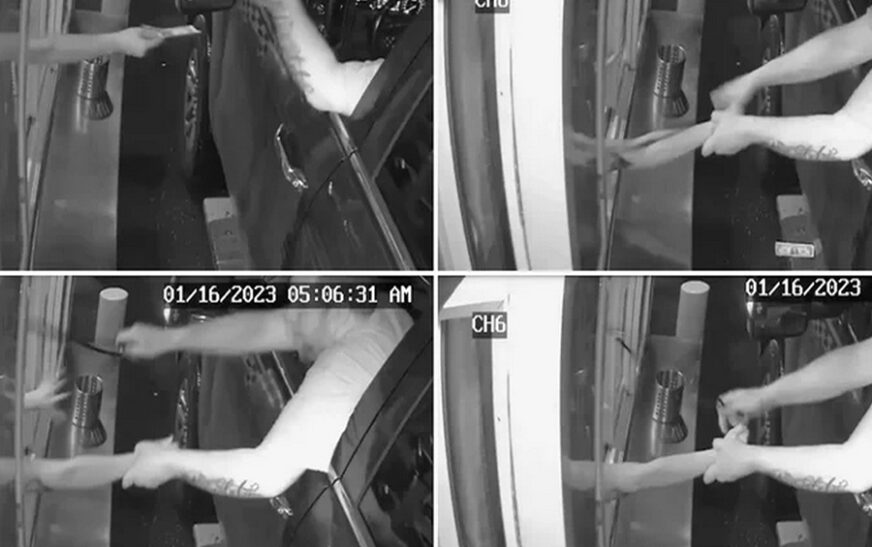When launching a startup, it’s tempting to splurge on fancy equipment and office amenities. However, overspending on unnecessary bells and whistles can quickly deplete your budget, jeopardizing the long-term success of your business. Here are some key considerations to keep in mind to avoid falling into the trap of the “shiny stuff” seduction:
Focus on Needs, Not Wants
While it’s natural to envision an office equipped with the latest gadgets and top-of-the-line technology, it’s essential to distinguish between essential items and unnecessary luxuries. Rather than succumbing to the allure of extravagant features, prioritize investing in equipment and tools that align with your immediate business needs. Avoid overspending on fancy upgrades that won’t significantly contribute to your productivity or bottom line.
Question to Ask: Have I included options in my budget that I won’t realistically use?
Avoid Overpreparedness
Investing in equipment or services that you won’t utilize regularly can drain resources and hinder operational efficiency. Be cautious about purchasing items based on hypothetical scenarios or “just in case” situations. Instead, focus on acquiring assets that address your current operational requirements and can deliver tangible benefits on a day-to-day basis. Consider outsourcing tasks or services that are infrequently needed rather than investing in expensive equipment that will sit idle most of the time.
Question to Ask: Will this purchase be utilized consistently, or is there a more cost-effective alternative available?
Assess Time-Saving Investments Realistically
While time-saving tools and technologies may seem appealing, evaluate their practicality and effectiveness in the context of your business operations. Consider the actual time and effort required to implement and adapt to new systems or equipment compared to the potential time savings they offer. Avoid investing in solutions that provide marginal time benefits but require significant upfront investment or ongoing maintenance.
Question to Ask: How often will this tool or technology be used, and is the time saved worth the investment?
Consider Hidden Costs
Beyond the initial purchase price, factor in additional expenses associated with maintaining and servicing equipment. High-end or specialized equipment may come with hefty maintenance fees, repair costs, or training expenses. Assess the long-term financial implications of each investment, including recurring costs and potential downtime due to equipment failures or technical issues.
Question to Ask: What are the ongoing costs associated with this purchase, and how will I address any maintenance or repair needs?
By carefully evaluating your business’s equipment needs and prioritizing practicality over extravagance, you can make informed purchasing decisions that support your startup’s growth and sustainability. Resist the temptation to overspend on unnecessary luxuries, and focus on investing in assets that provide tangible value and contribute to your business’s success in the long run.










